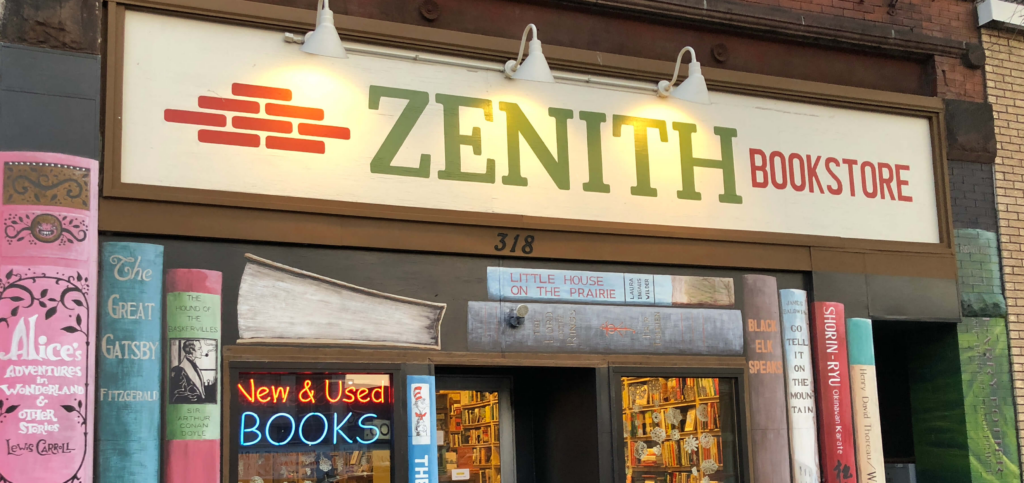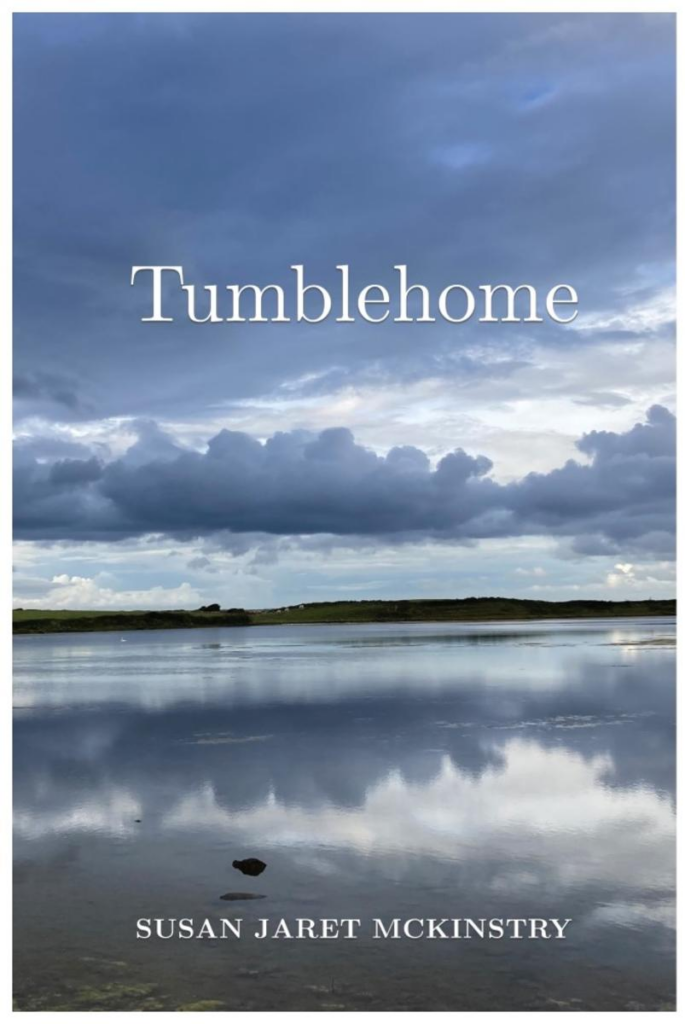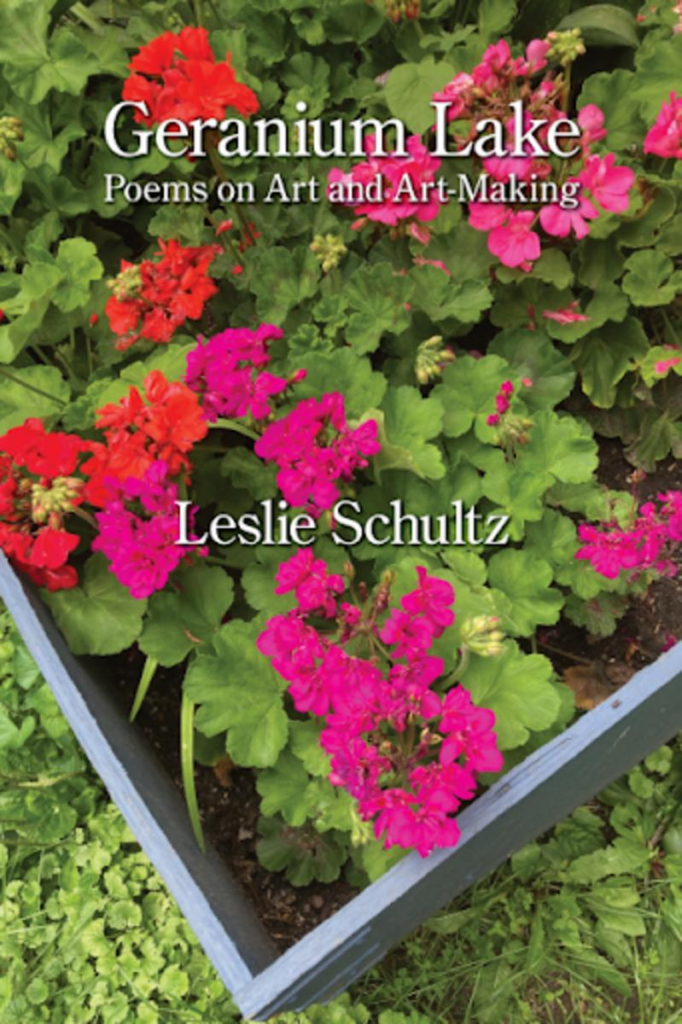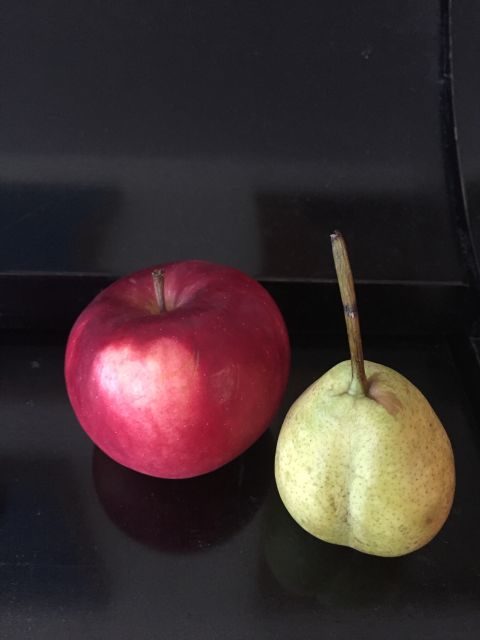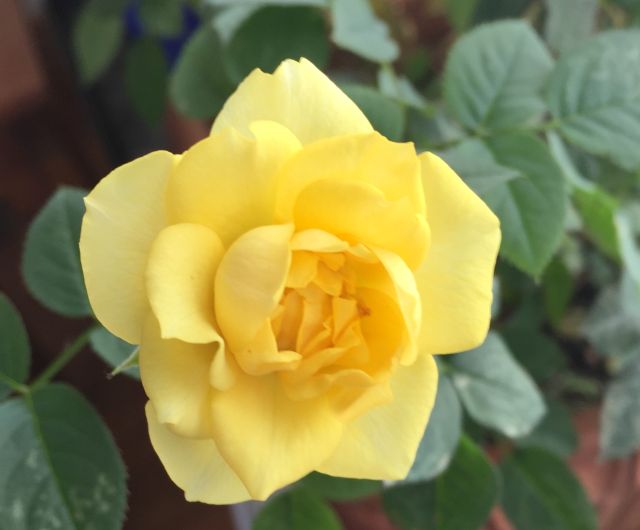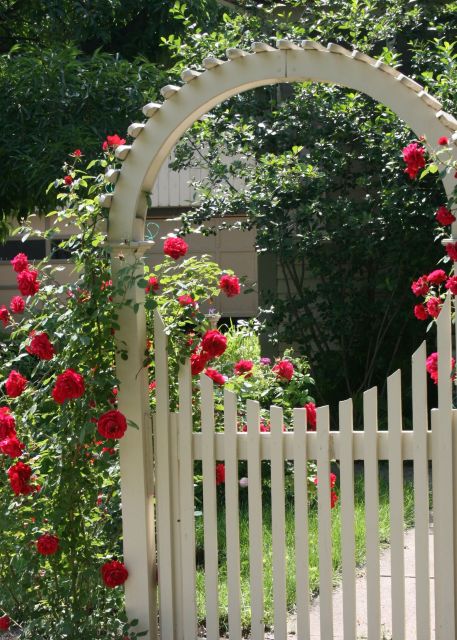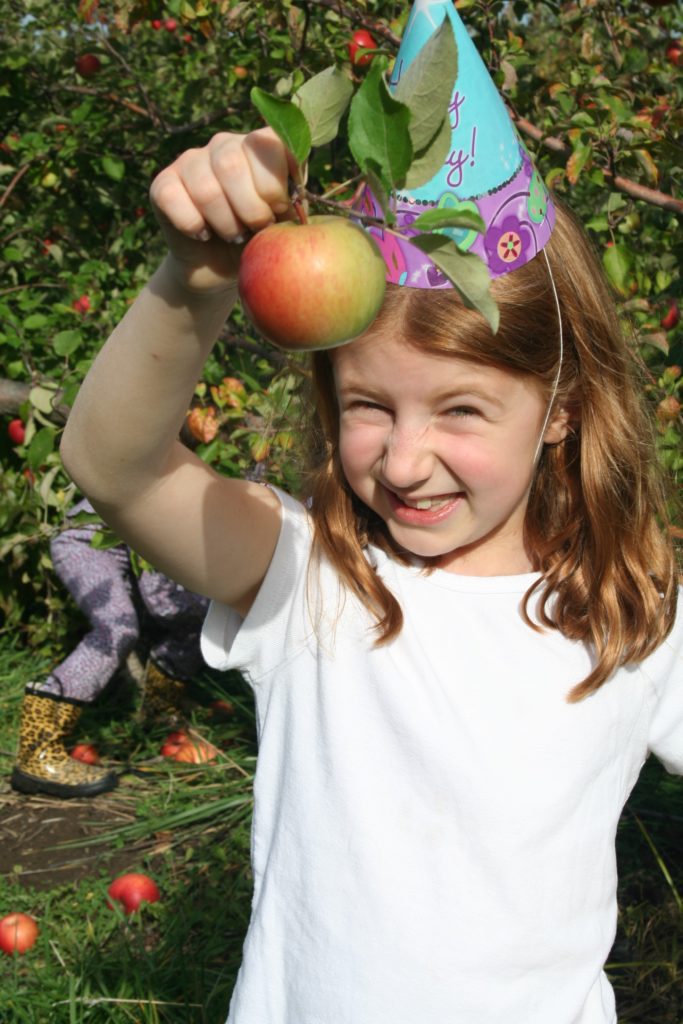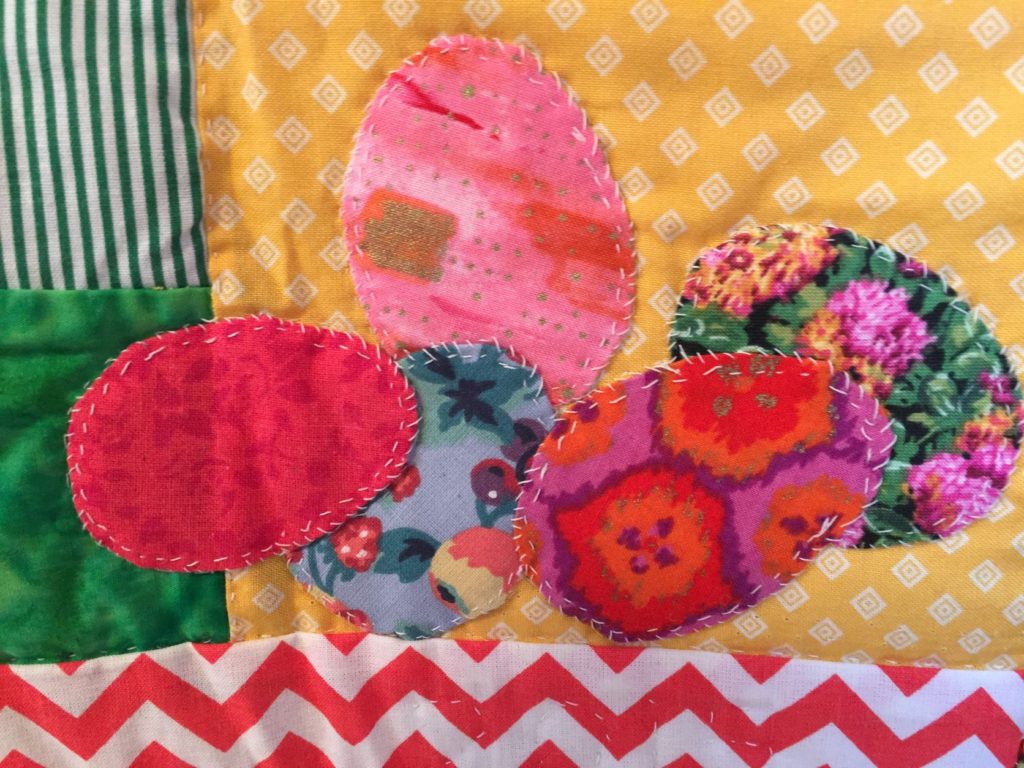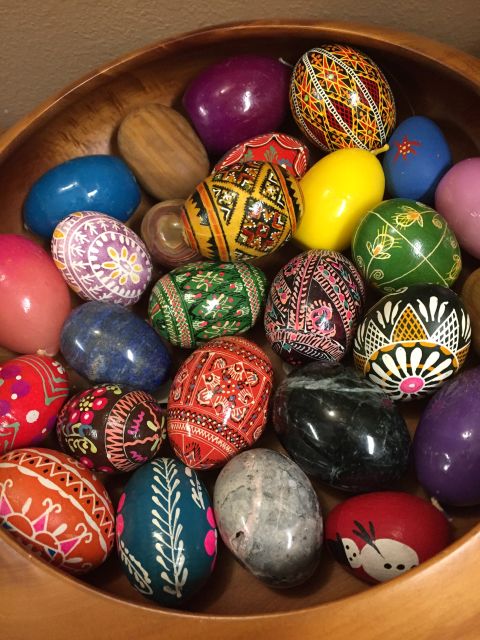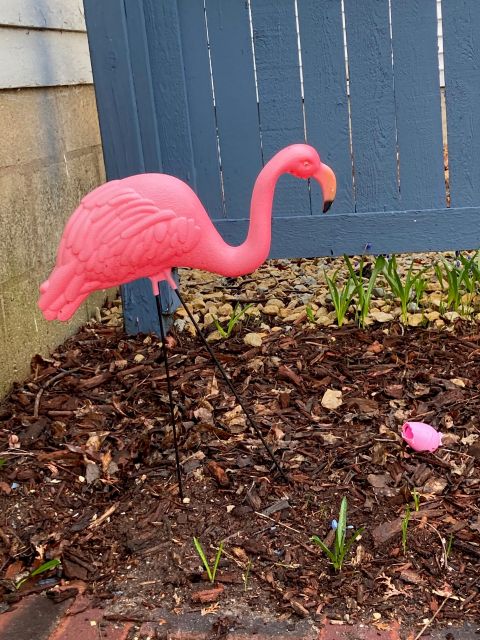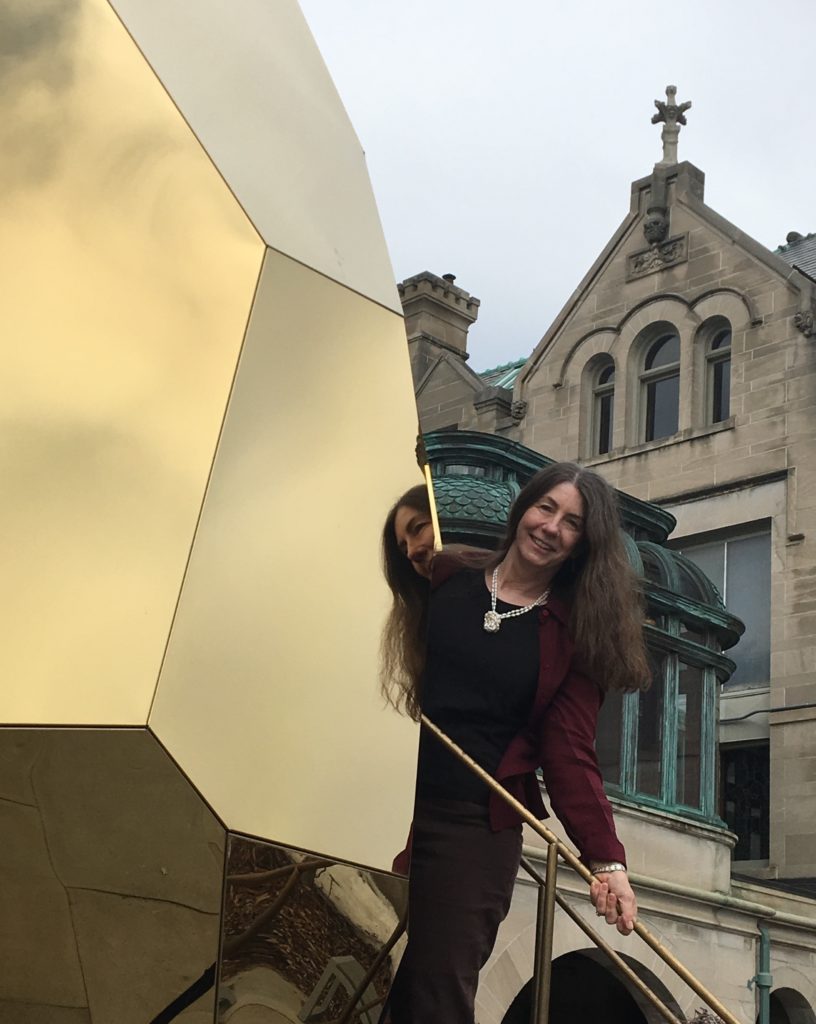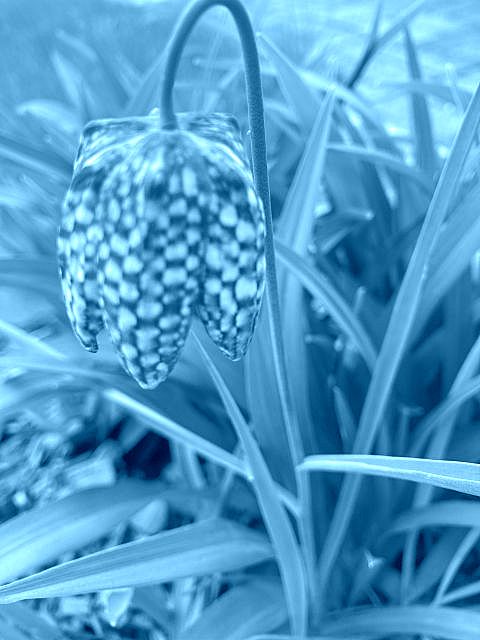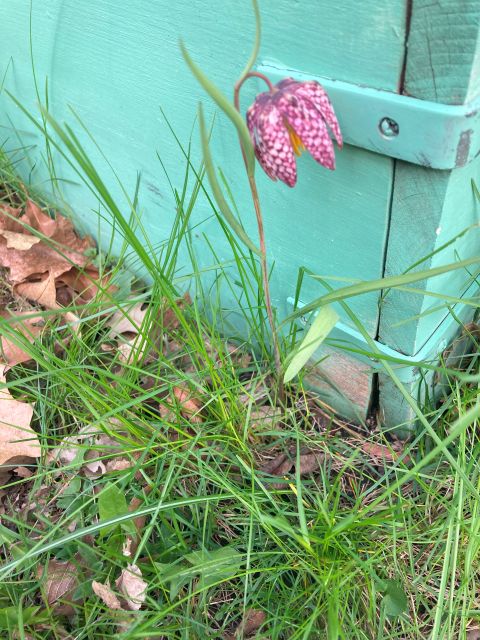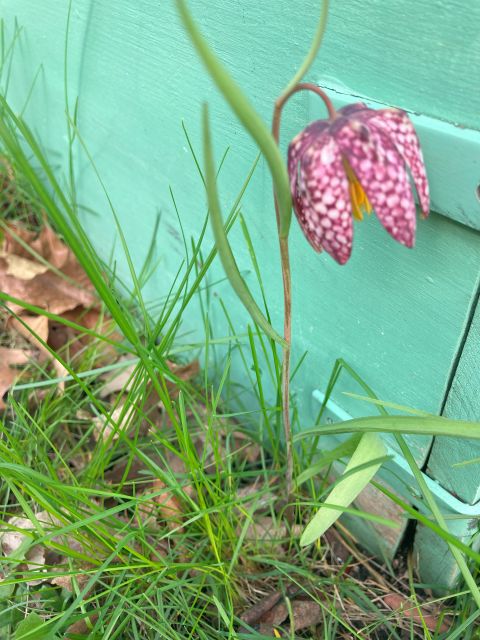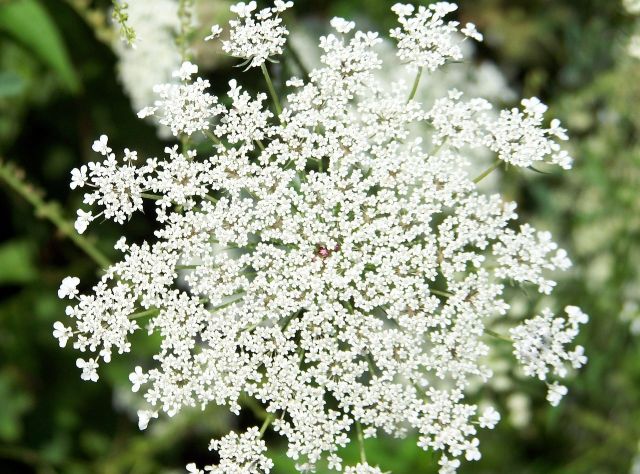
This was another day of searching on my own for an appropriate botanical candidate inspired by the letter “Q”, since Rosendahl did not have any entries for this letter of the alphabet.
I love both of these plants. Juglone in our garden (yes, those black walnuts) prohibit us from planting a quaking aspen, much as I would like to do that. Queen Anne’s lace can probably tough it out, but I have never seen seeds for sale or nursery plants, perhaps because here they are prevalent ditch flowers. Perhaps, someday, I will find some of those to admire up close and often.
In terms of poetry, each of these plants reminds me of a splendid often-read poem. I include links here, in case you want to refresh your own memory of them. The first, featuring Queen Anne’s lace, is the splendid “Aunt Jennifer’s Tigers” by Adrienne Rich. Until I sought out links for this post, I did not realize that this poem is having a moment–search on it and you’ll find many treasures, including a laudatory assessment from A. O. Scott of the New York Times from last month and YouTube videos of Rich reading her masterful work.
In a similar vein, from a much different poet, aspen trees always call to mind for me Alfred, Lord Tennyson’s 1832 masterpiece of Arthuriana, “The Lady of Shallott,” particularly these two lines:
Willows whiten, aspens quiver,
Little breezes dusk and shiver...
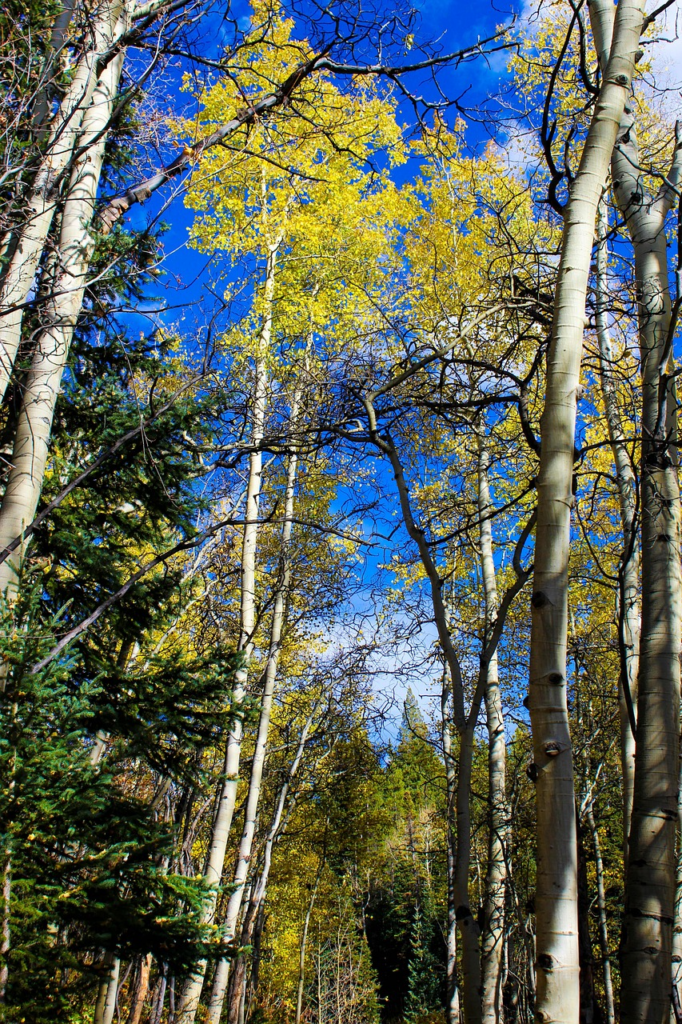
Never before, or since, have I seen “dusk” used as a verb–just one detail that makes Tennyson’s incantatory poem continue to repay reading and rereading.
Wishing you splendid views today, everywhere you look--LESLIE

